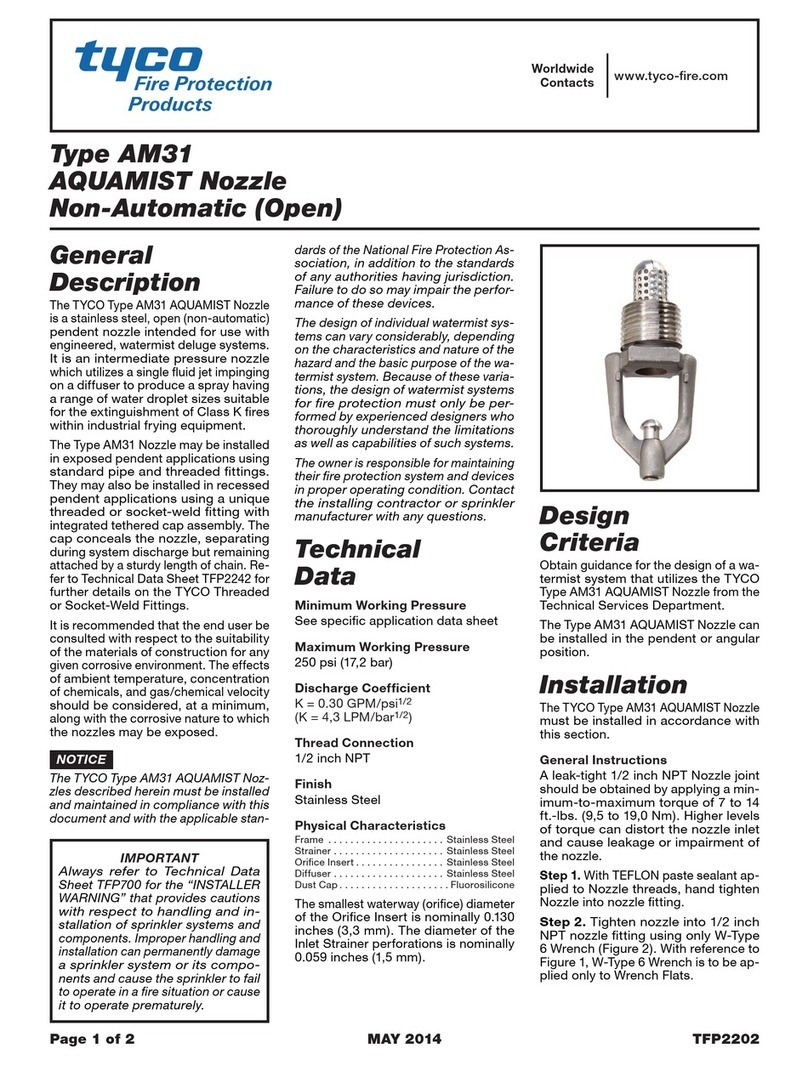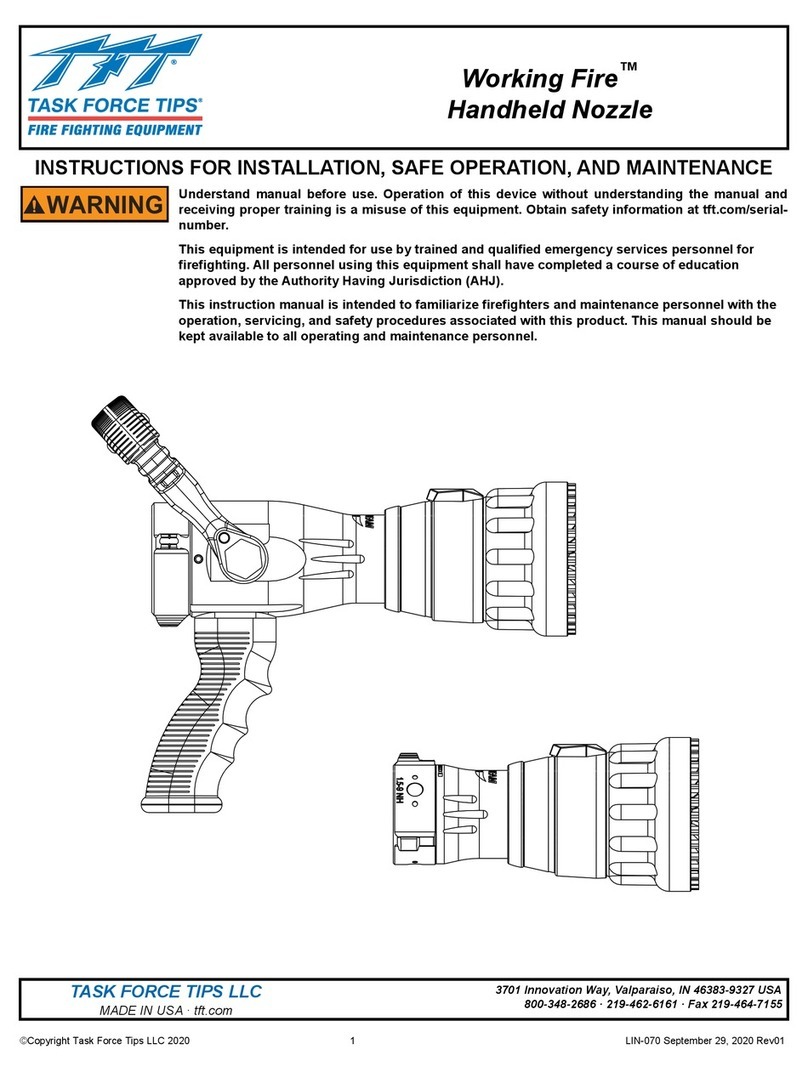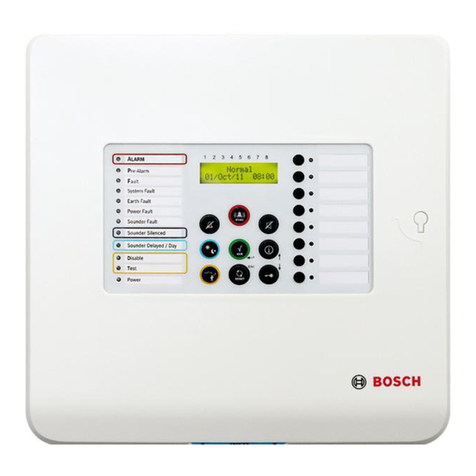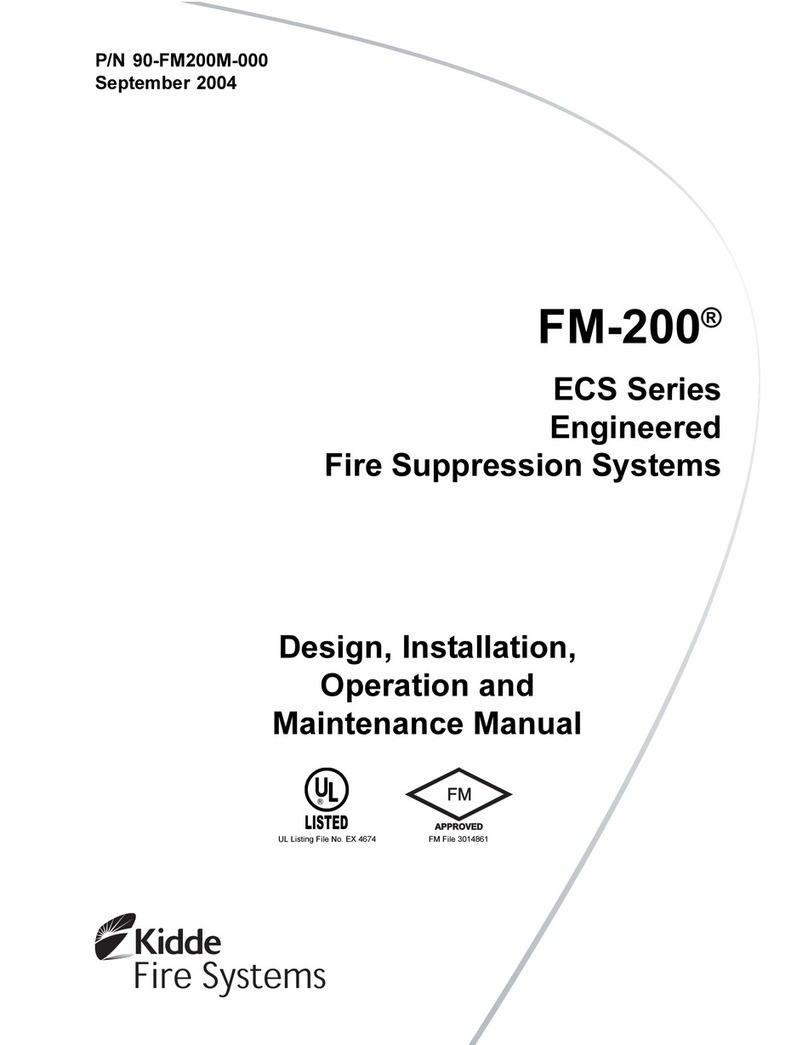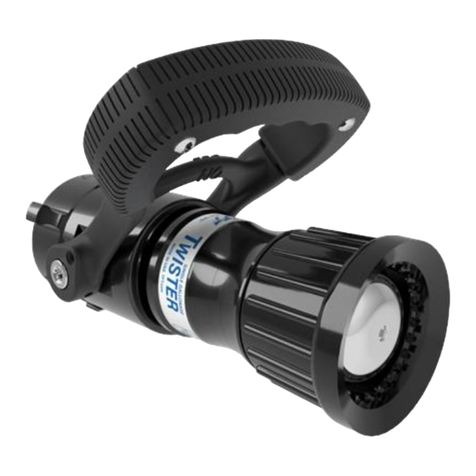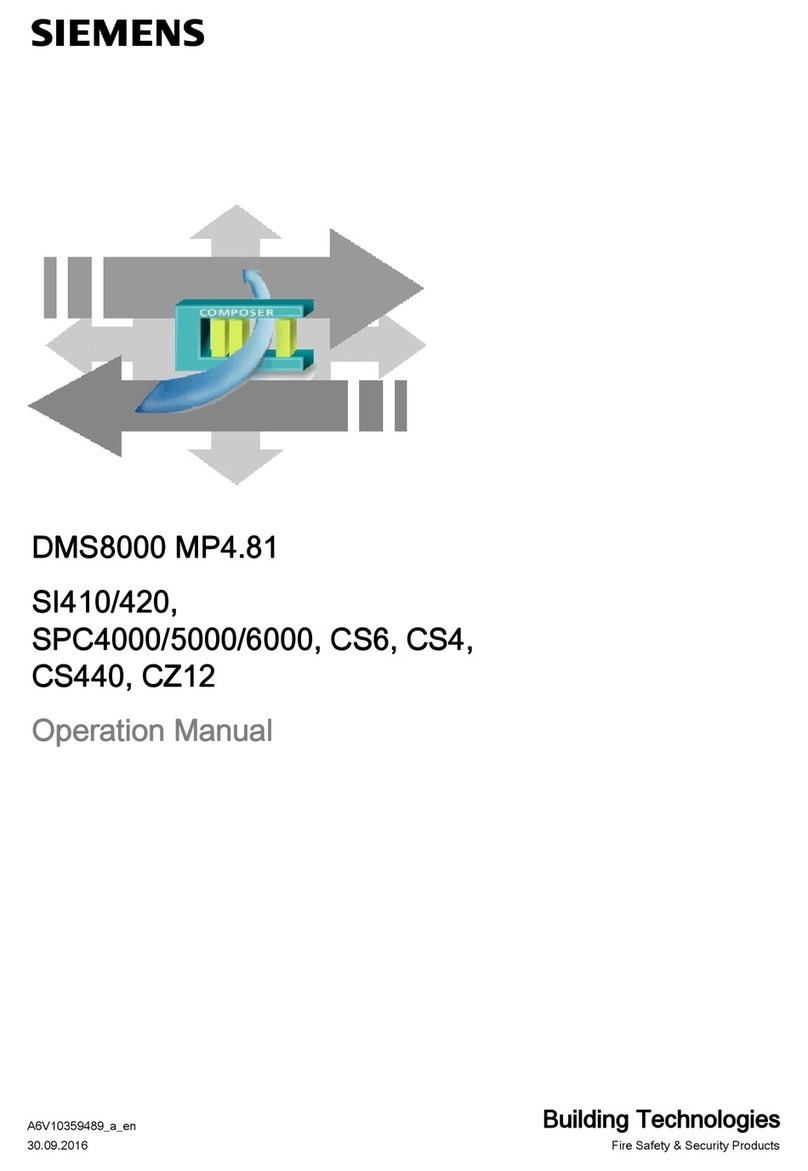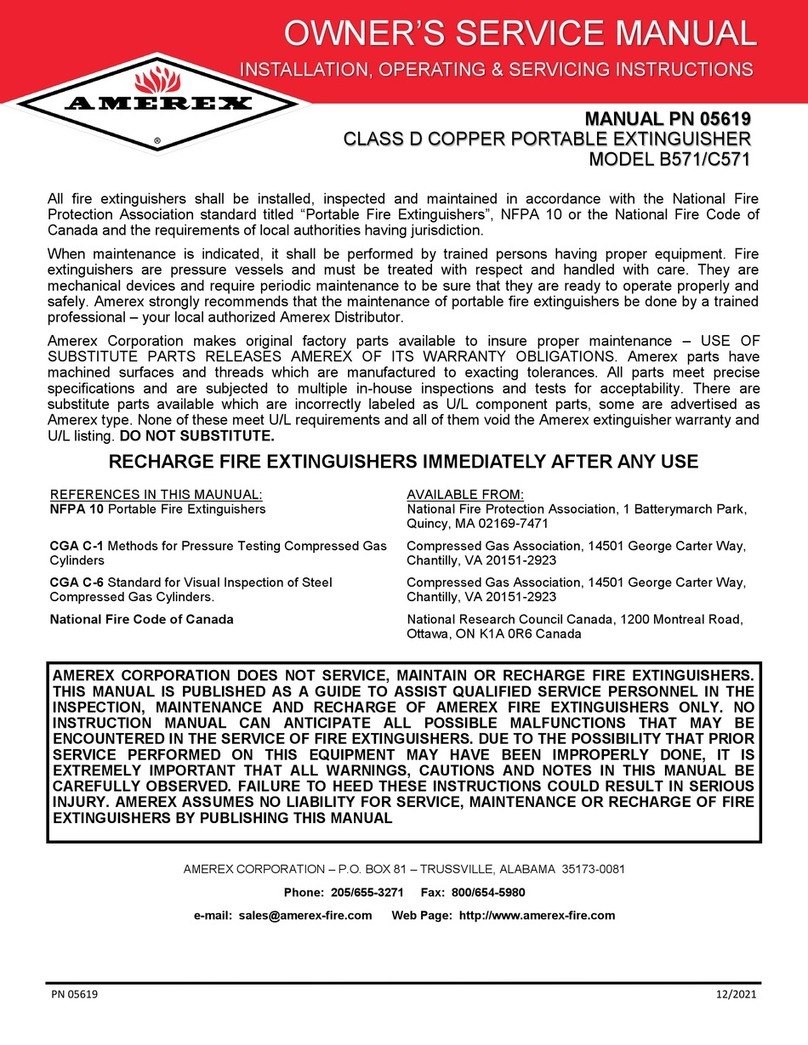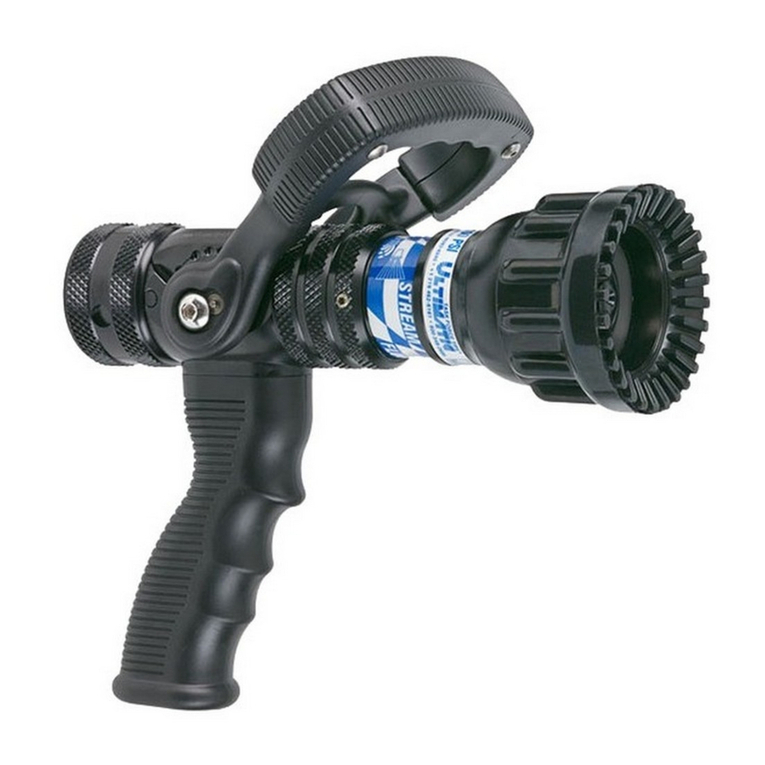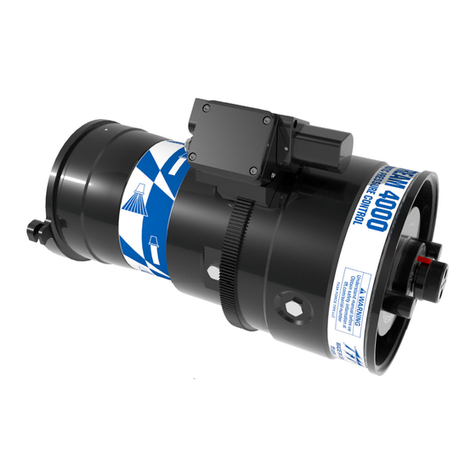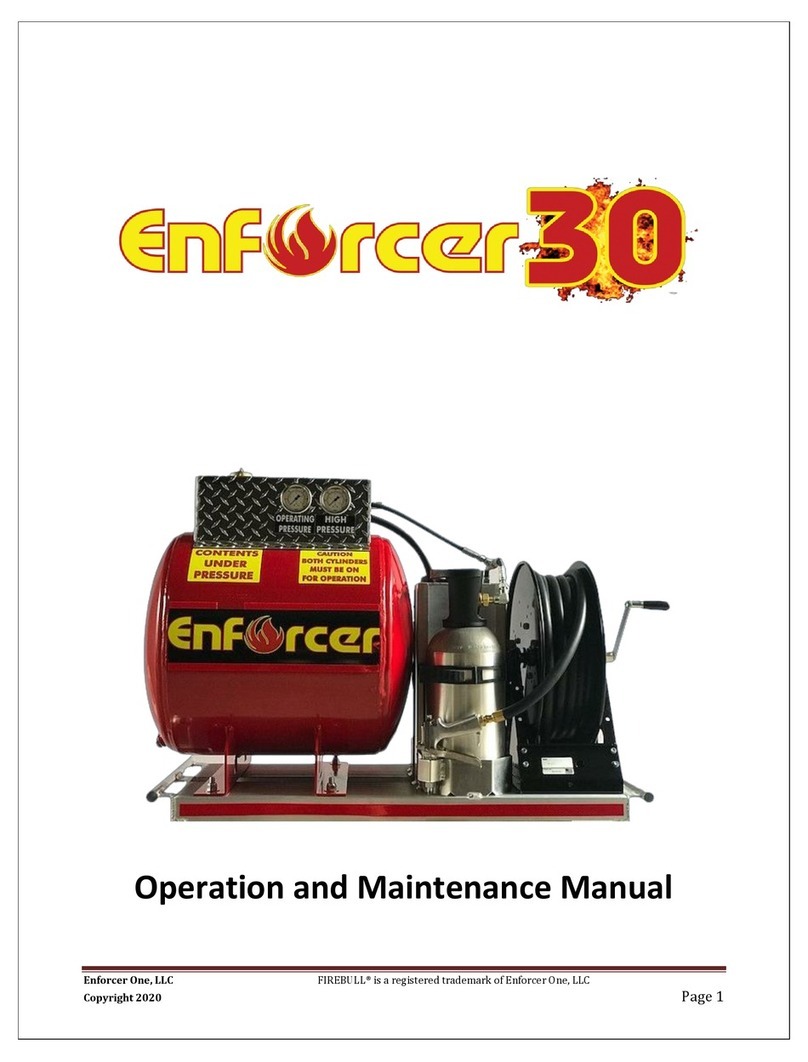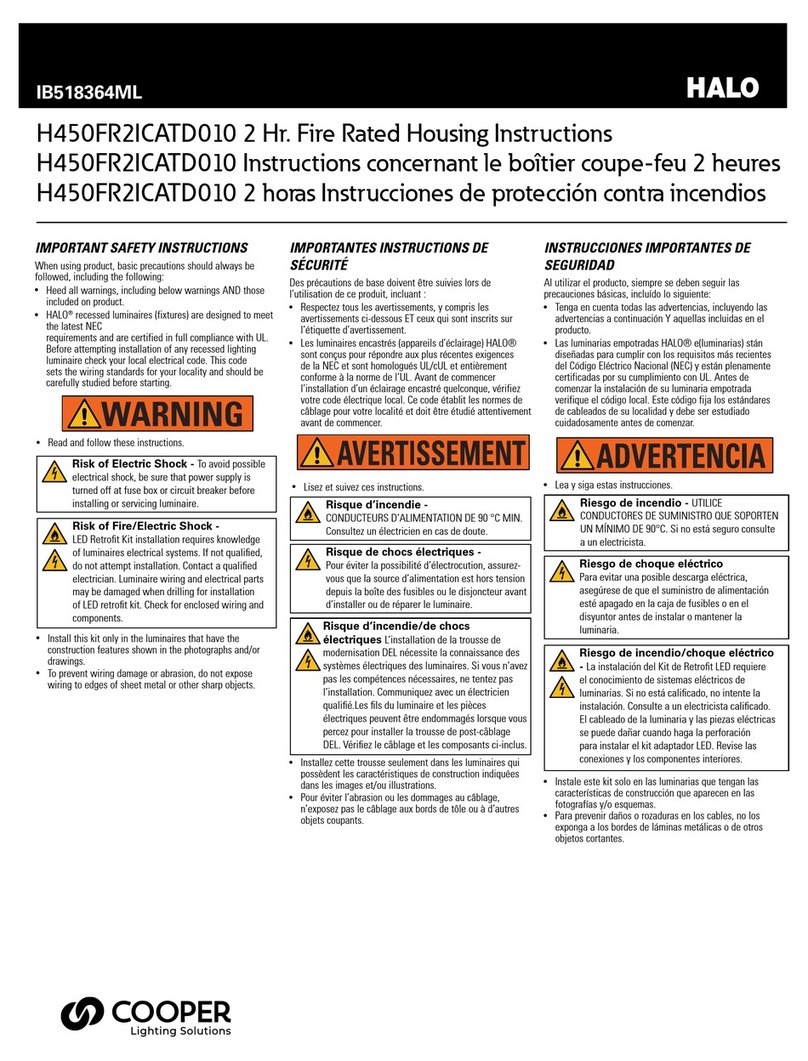
Contents
Dräger PSS®Merlin®3
Contents
1 For Your Safety . . . . . . . . . . . . . . . . . . . . . . . . . . . .4
1.1 Definitions of Alert Icons . . . . . . . . . . . . . . . . . . . . . .4
1.2 General . . . . . . . . . . . . . . . . . . . . . . . . . . . . . . . . . . .4
1.3 Battery Safety . . . . . . . . . . . . . . . . . . . . . . . . . . . . . .4
1.4 Disposal of Electrical and Electronic Equipment . . . .5
1.5 Trademarks . . . . . . . . . . . . . . . . . . . . . . . . . . . . . . . .5
2 Introduction . . . . . . . . . . . . . . . . . . . . . . . . . . . . . . .6
3 Description and Intended Use . . . . . . . . . . . . . . . .8
3.1 Electronic monitoring system . . . . . . . . . . . . . . . . . .8
3.2 The Entry Control Board . . . . . . . . . . . . . . . . . . . . . .8
3.3 Receiving Information . . . . . . . . . . . . . . . . . . . . . . . .8
3.4 Transmitting Information . . . . . . . . . . . . . . . . . . . . . .9
3.5 Manually Recorded Information . . . . . . . . . . . . . . . .9
4 Getting Started. . . . . . . . . . . . . . . . . . . . . . . . . . . .10
4.1 The Entry Control Board Power Supply . . . . . . . . .10
4.2 Charging the Batteries . . . . . . . . . . . . . . . . . . . . . .11
4.3 Charging Procedure – Single Battery . . . . . . . . . . .12
4.4 Charging Procedure – ECB . . . . . . . . . . . . . . . . . .12
4.5 Sleep mode . . . . . . . . . . . . . . . . . . . . . . . . . . . . . . .12
4.6 Charge condition indicator . . . . . . . . . . . . . . . . . . .12
5 In Use . . . . . . . . . . . . . . . . . . . . . . . . . . . . . . . . . . .13
5.1 Pre-entry Procedure . . . . . . . . . . . . . . . . . . . . . . . .13
5.2 Making Contact . . . . . . . . . . . . . . . . . . . . . . . . . . . .13
5.3 Monitoring Data . . . . . . . . . . . . . . . . . . . . . . . . . . . .15
5.4 Communication from ECB to Electronic Monitoring
System 17
5.5 Communication from Electronic Monitoring System to
ECB 18
5.6 After Use . . . . . . . . . . . . . . . . . . . . . . . . . . . . . . . . .19
6 Service Information . . . . . . . . . . . . . . . . . . . . . . . .22
6.1 Setting Time Display . . . . . . . . . . . . . . . . . . . . . . . .22
6.2 Setting Date Display . . . . . . . . . . . . . . . . . . . . . . . .22
6.3 Display Test – ECB . . . . . . . . . . . . . . . . . . . . . . . . .22
6.4 Encoding a Tally . . . . . . . . . . . . . . . . . . . . . . . . . . .23
6.5 Removing/Fitting Battery Packs . . . . . . . . . . . . . . .24
6.6 Care . . . . . . . . . . . . . . . . . . . . . . . . . . . . . . . . . . . .24
7 Troubleshooting. . . . . . . . . . . . . . . . . . . . . . . . . . .25
7.1 Entry Control Board . . . . . . . . . . . . . . . . . . . . . . . .25
7.2 Radio Module (Bodyguard®II only) . . . . . . . . . . . .25
7.3 Merlin®Modem (Bodyguard®7000 only) . . . . . . . .26
7.4 Battery pack charging . . . . . . . . . . . . . . . . . . . . . . .26
7.5 Entry Control Board and Electronic Monitoring System
26
7.6 Connect ECU . . . . . . . . . . . . . . . . . . . . . . . . . . . . .27
8 Technical Data . . . . . . . . . . . . . . . . . . . . . . . . . . . .28
8.1 Operating Temperature . . . . . . . . . . . . . . . . . . . . . .28
8.2 Storage Temperature . . . . . . . . . . . . . . . . . . . . . . .28
8.3 Telemetry . . . . . . . . . . . . . . . . . . . . . . . . . . . . . . . .28
Appendix A –Bodyguard®II Portable Radio Unit. . . . . . . . 29
A.1 Power Supply. . . . . . . . . . . . . . . . . . . . . . . . . . . . . .30
A.2 Charging the Battery . . . . . . . . . . . . . . . . . . . . . . . .30
A.3 Charging Procedure. . . . . . . . . . . . . . . . . . . . . . . . .30
A.4 In Use. . . . . . . . . . . . . . . . . . . . . . . . . . . . . . . . . . . .31
A.5 Service Information . . . . . . . . . . . . . . . . . . . . . . . . .31
Appendix B –Bodyguard®7000 PSS®Merlin®Modem. . . 32
B.1 Tally . . . . . . . . . . . . . . . . . . . . . . . . . . . . . . . . . . . . .32
B.2 In Use. . . . . . . . . . . . . . . . . . . . . . . . . . . . . . . . . . . 33
B.3 Battery pack. . . . . . . . . . . . . . . . . . . . . . . . . . . . . . 34
Appendix C –Appendix C – PSS®AirBoss Connect . . . . . 38
C.1 Tally . . . . . . . . . . . . . . . . . . . . . . . . . . . . . . . . . . . . 38
C.2 In Use. . . . . . . . . . . . . . . . . . . . . . . . . . . . . . . . . . . 38
Appendix D –Manual Operation of ECB . . . . . . . . . . . . . . . 39
D.1 In Use. . . . . . . . . . . . . . . . . . . . . . . . . . . . . . . . . . . 39
D.2 After Use . . . . . . . . . . . . . . . . . . . . . . . . . . . . . . . . 40
Appendix E – Propagation . . . . . . . . . . . . . . . . . . . . . . . . . . . 41
E.1 Propagation Factors. . . . . . . . . . . . . . . . . . . . . . . . 41
E.2 Enhancing Transmission . . . . . . . . . . . . . . . . . . . . 43
E.3 Customer Evaluation Trials . . . . . . . . . . . . . . . . . . 45
Appendix F – Additional Entry Control Board Functions . 46
F.1 Retreat Alert. . . . . . . . . . . . . . . . . . . . . . . . . . . . . . 46
F.2 Personal Tally . . . . . . . . . . . . . . . . . . . . . . . . . . . . 49
F.3 Serial Number Tally . . . . . . . . . . . . . . . . . . . . . . . . 50
F.4 Tally Write Protection (Pass Code) . . . . . . . . . . . . 50
F.5 Team Operation. . . . . . . . . . . . . . . . . . . . . . . . . . . 51
F.6 Incident Reports. . . . . . . . . . . . . . . . . . . . . . . . . . . 51
F.7 BS 8608 Operation. . . . . . . . . . . . . . . . . . . . . . . . . 52
